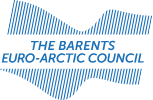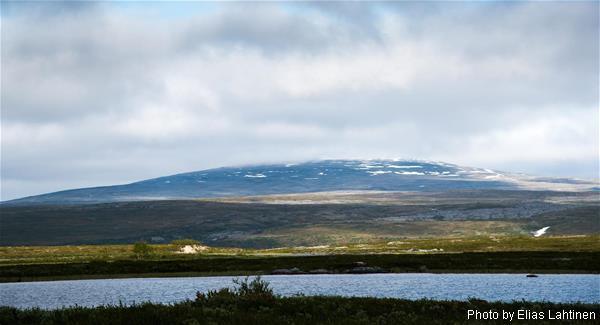According to the Intergovernmental Panel on Climate Change (IPCC), the average Arctic temperature has so far been rising at least twice as fast as the global temperature. One reason for this is that the melting ice and snow cover does not reflect back suns radiation so effectively. If the snow cover melts, the revealed dark soil and water absorbs heat and increases the melting. In order to limit the global temperature rise to 2 degrees, significant reductions in greenhouse gas emissions need to take place.
For the Barents region, the climate models show increased precipitation and more floods. Temperatures are rising, especially during the winter, and very cold temperatures became scarcer. Big changes in the temperature will get more common. Extreme weather events (such as storms, floods and droughts) are expected to increase globally.
We can already see many signs of the occuring climate change: The ice cover of the Arctic Ocean is constantly becoming smaller, in 2016 the extent of sea ice in the Arctic was record low. The rise of the sea level has been much faster than anticipated and mountain glaciers have shrunk globally, with large regional variations.
Arctic paradox
The melting of the sea ice in the Arctic Ocean gives access for new transport routes and oil and gas reserves. Areas north of the Arctic Circle have large oil and natural gas resources - and usage of them accelerates the climate change making it again easier to access those resources. Opening of North-East Passage is anticipated to provide considerable savings in shipping costs in comparison with present logistics routes. The increased economic activity increases also the pressures and risks for the Arctic environment, such as the probability of a major oil catastrophe. Climate change may also amplify the effects of the industrial pollution.






